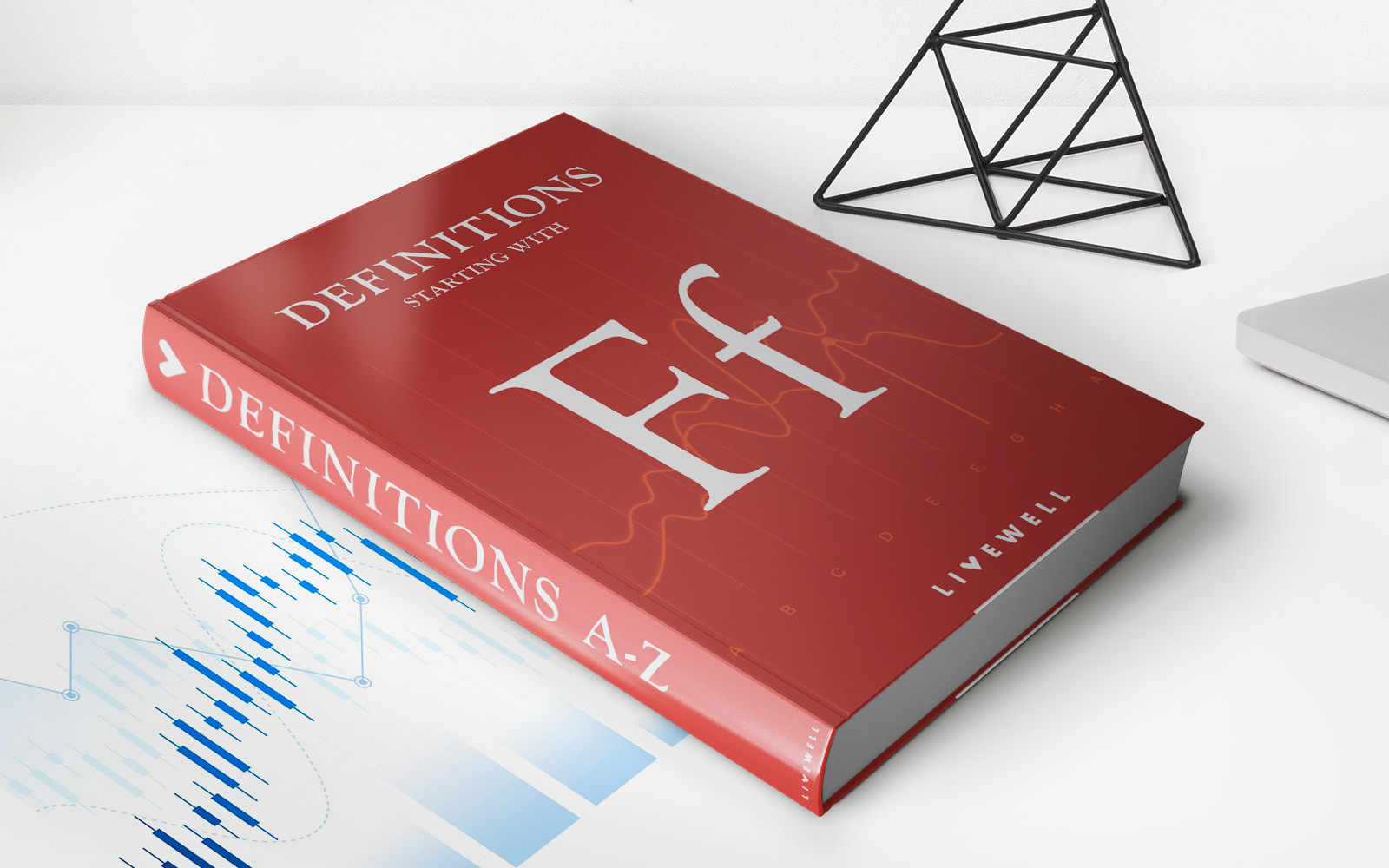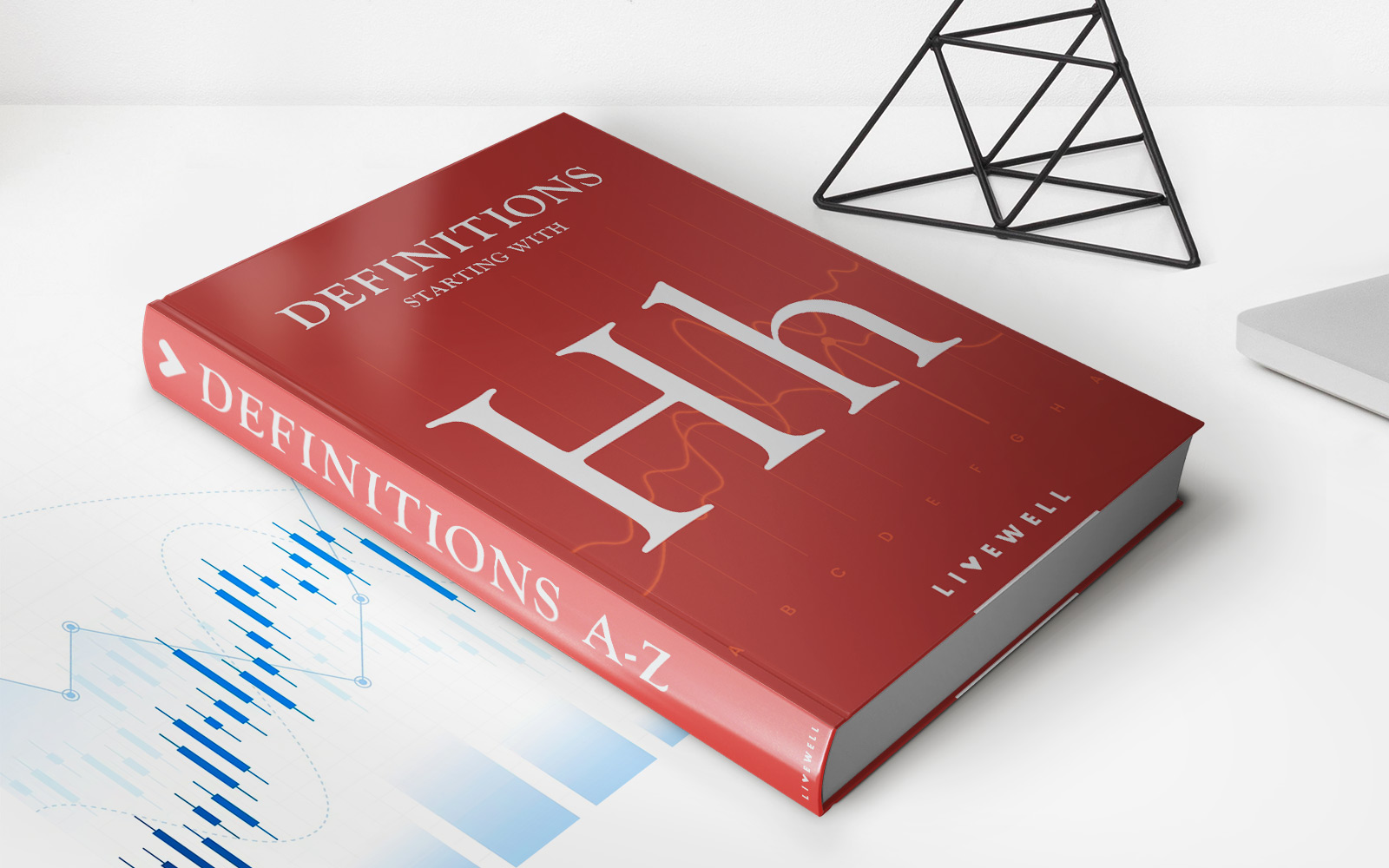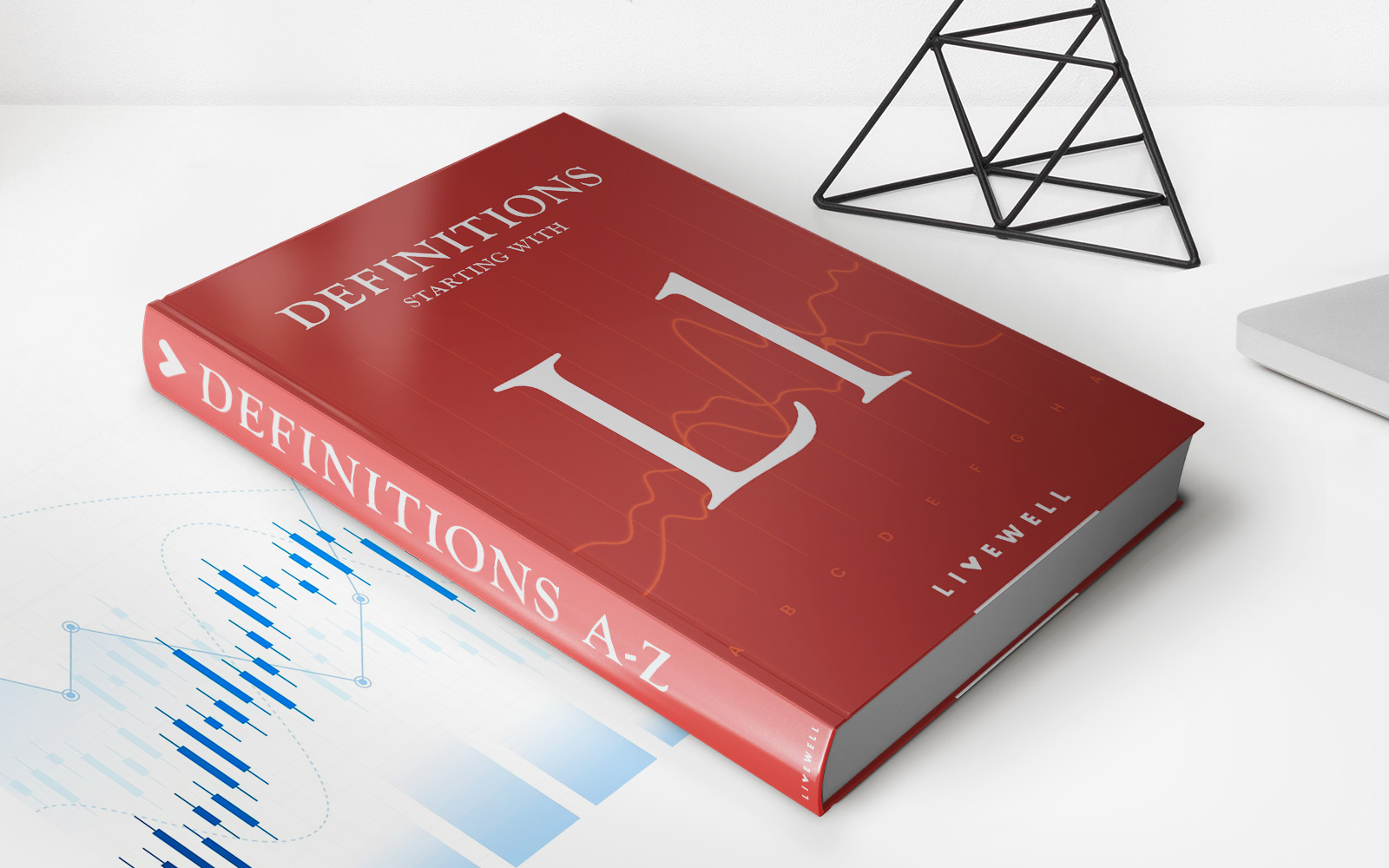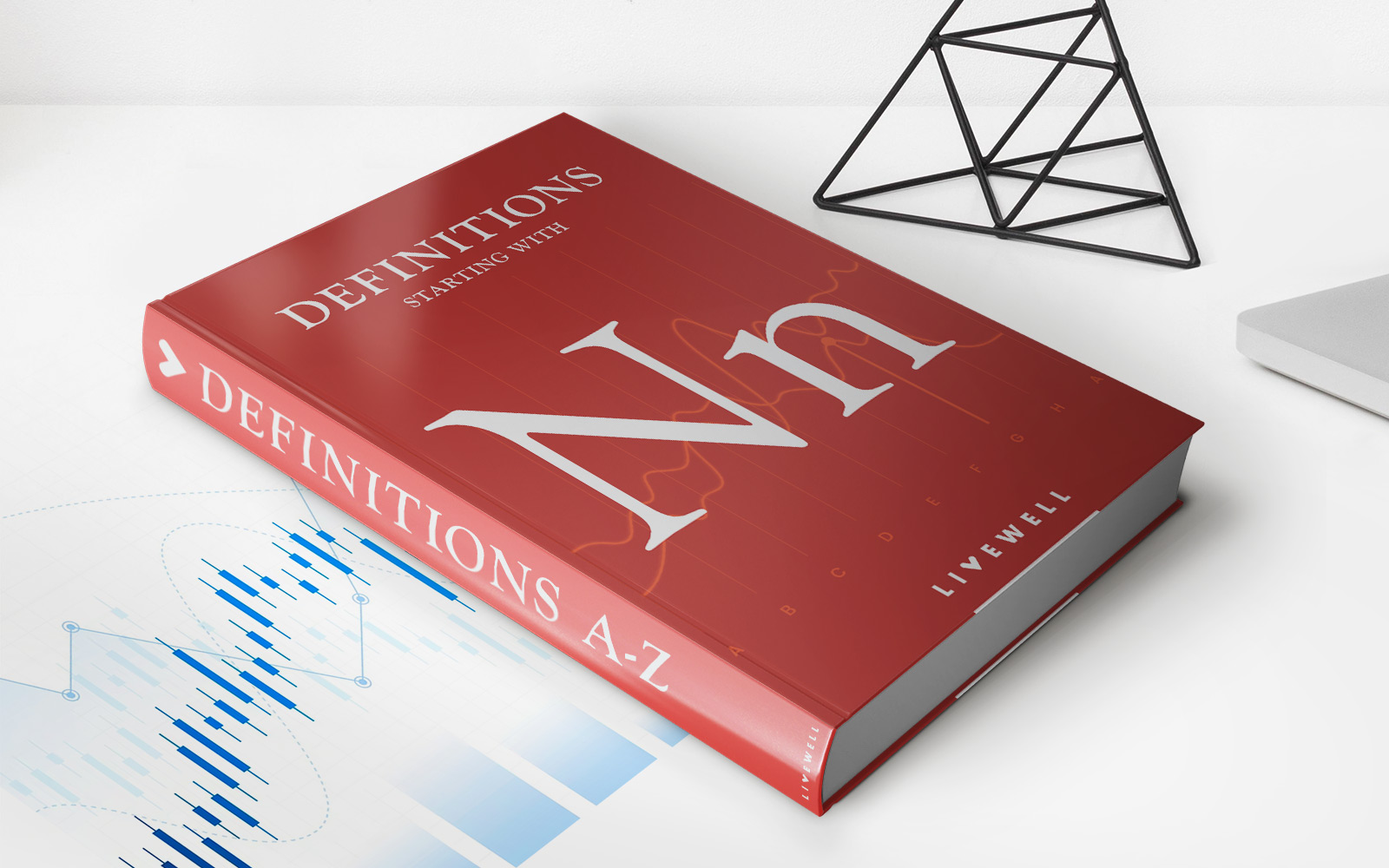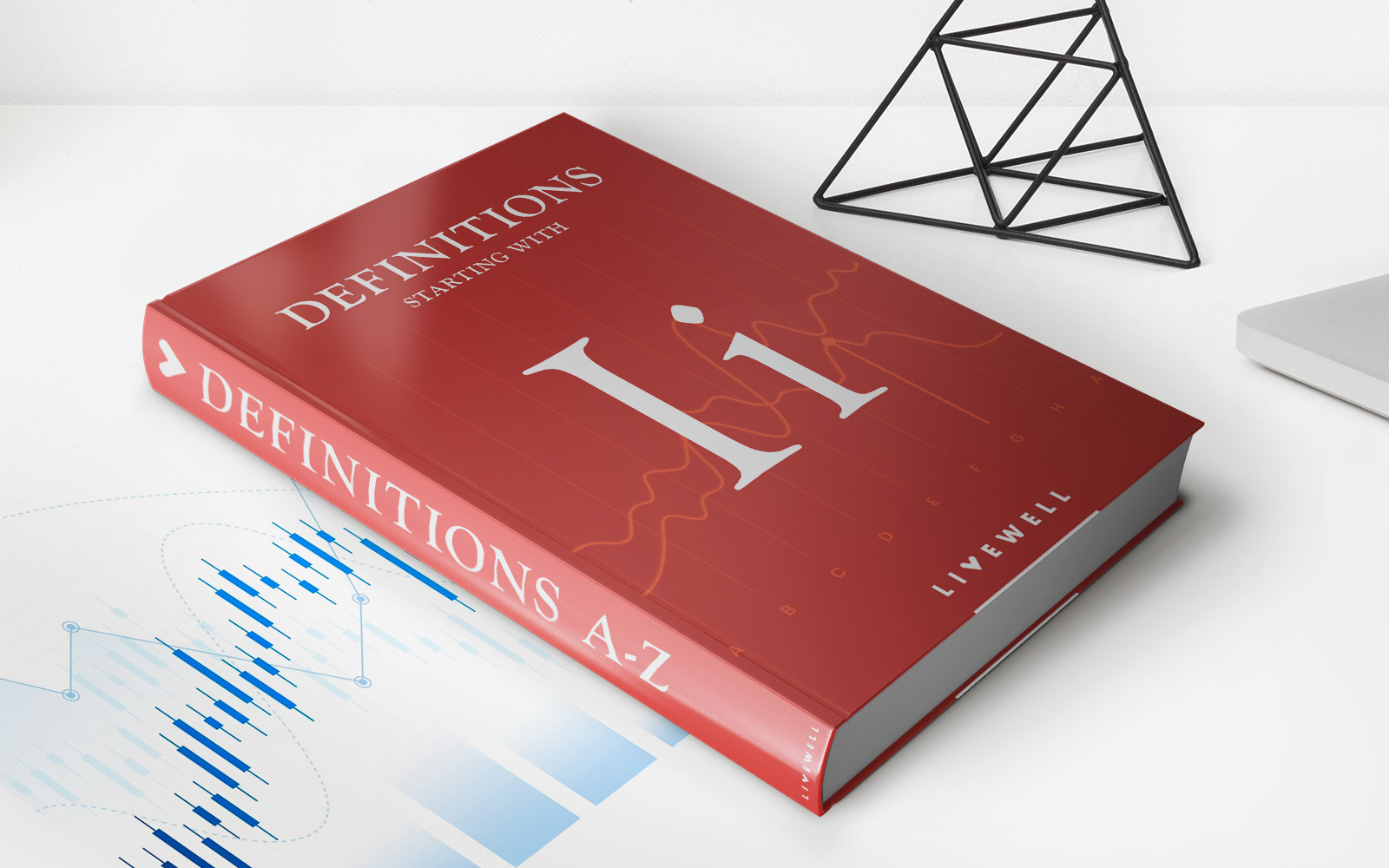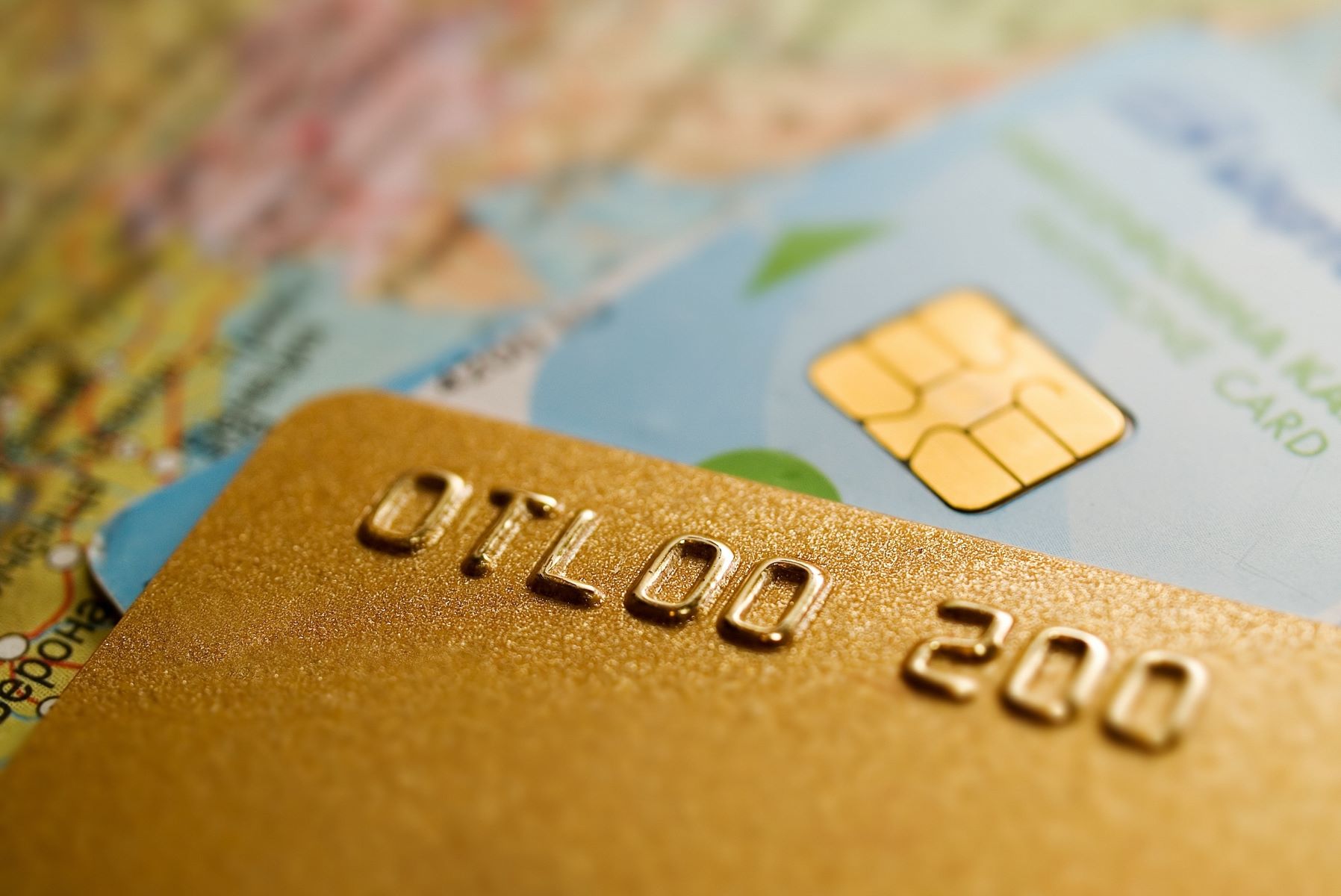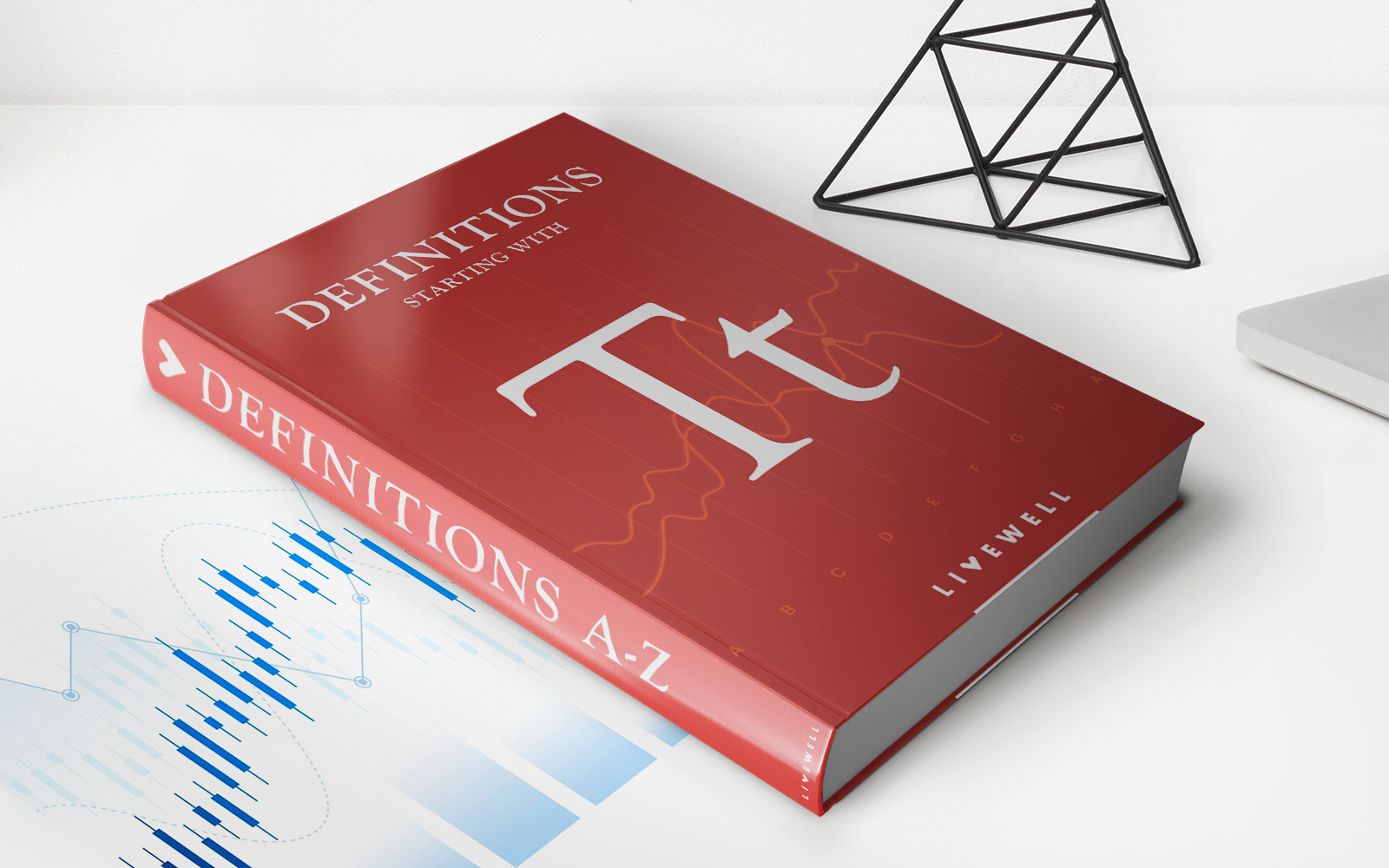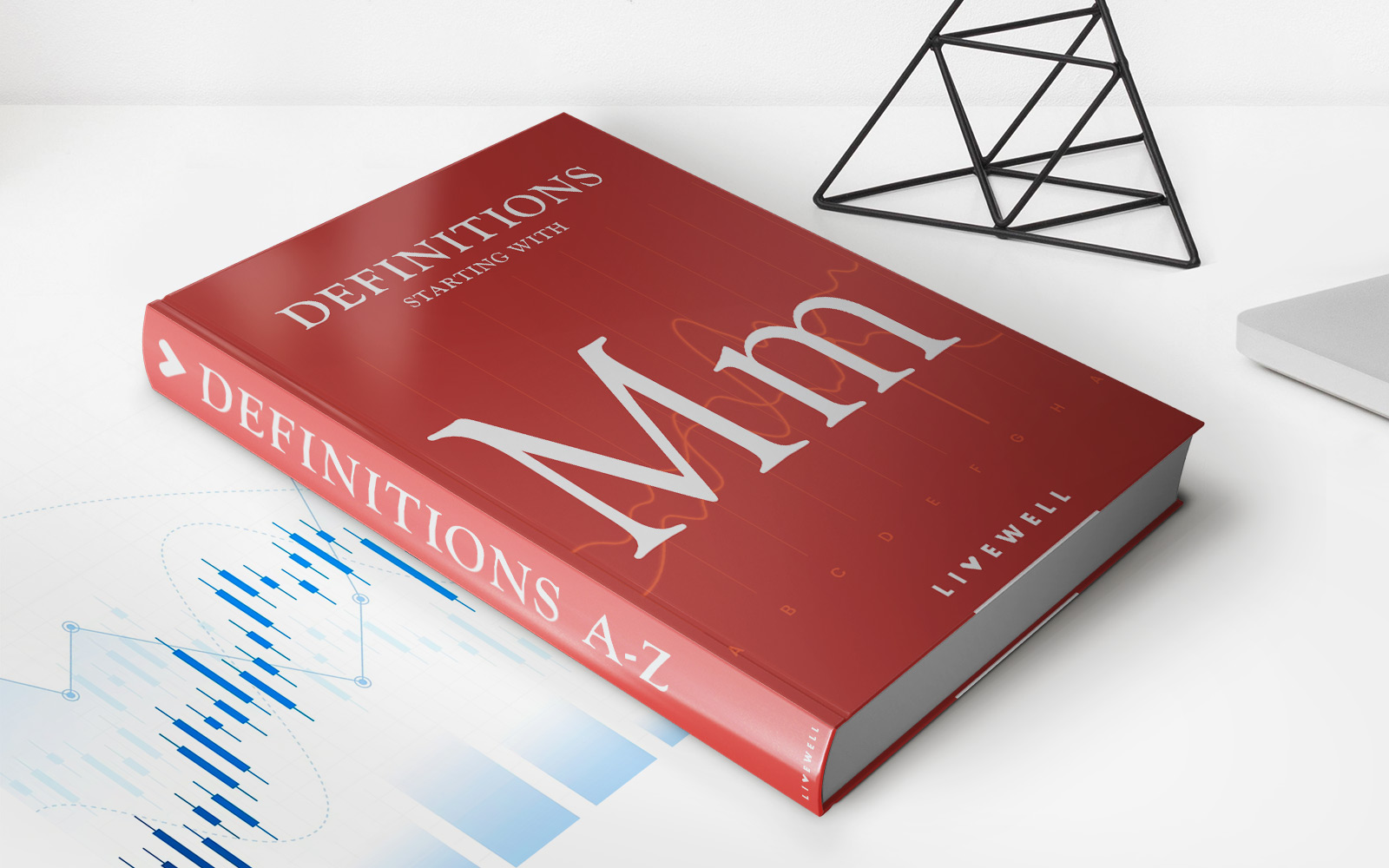Home>Finance>International Poverty Line: Definition, Criticism, And Uses
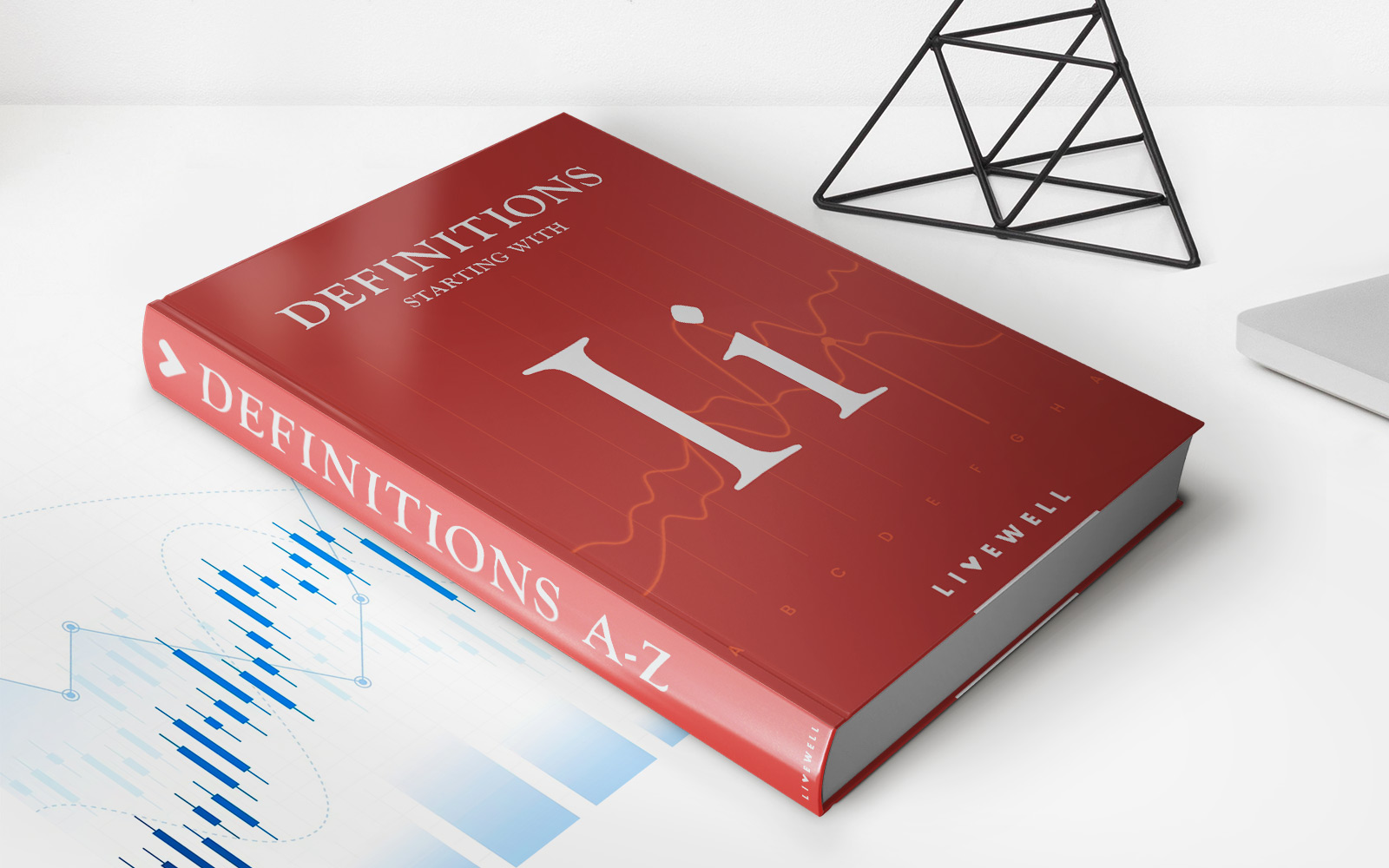

Finance
International Poverty Line: Definition, Criticism, And Uses
Published: December 12, 2023
Learn about the international poverty line in finance, including its definition, criticism, and uses. Explore how this concept impacts global economies and social policies.
(Many of the links in this article redirect to a specific reviewed product. Your purchase of these products through affiliate links helps to generate commission for LiveWell, at no extra cost. Learn more)
Understanding the International Poverty Line: Definition, Criticism, and Uses
Welcome to the “FINANCE” category of our page! In this blog post, we will explore the concept of the International Poverty Line and delve into its definition, criticism, and uses. If you’ve ever wondered how poverty is measured at a global level, this article is for you. So, let’s dive right in!
Key Takeaways:
- The International Poverty Line (IPL) is a commonly used benchmark to measure global poverty and set anti-poverty policies.
- It is based on the idea that individuals living below a certain income level are unable to afford basic needs.
Defining the International Poverty Line:
The International Poverty Line, often abbreviated as IPL, is a monetary threshold defined by the World Bank to measure and track global poverty. It represents the minimum level of income required for individuals or households to afford basic needs, including food, shelter, clothing, and healthcare.
To establish the IPL, various factors are taken into account, such as the cost of living in different countries, regional disparities, and consumption patterns. The World Bank uses purchasing power parity (PPP) exchange rates to compare income levels across countries, ensuring a more accurate comparison.
Criticism of the International Poverty Line:
Like any measurement tool, the IPL has faced criticism and sparked debates among economists, policymakers, and social activists. Some common criticisms include:
- Relative poverty: The IPL does not consider the relative nature of poverty within countries. It focuses on absolute poverty, which means it may not capture the disparities between the rich and the poor within a nation.
- Regional disparities: The IPL is a global benchmark, which means it may not accurately represent the cost of living and poverty levels in specific regions or countries. It may overlook regional variations and nuances.
- Non-monetary indicators: Critics argue that poverty is a complex issue and cannot solely be measured by income. Non-monetary indicators like access to education, clean water, and healthcare should also be considered.
Uses of the International Poverty Line:
Despite the criticism, the International Poverty Line remains a widely used tool with significant implications. Here are some of its key uses:
- Poverty measurement: The IPL allows policymakers, researchers, and organizations to track the progress made in reducing poverty rates over time.
- Policy formulation: Governments and international organizations utilize the IPL to design and implement anti-poverty policies and programs.
- International comparisons: The IPL enables cross-country comparisons, helping identify countries with higher or lower poverty rates and facilitating cooperation in poverty reduction efforts.
In conclusion, the International Poverty Line serves as a benchmark for measuring global poverty and shaping anti-poverty strategies. While it has its limitations and invites criticism, its role in highlighting the importance of tackling poverty cannot be overlooked. As we continue to strive for a more equitable world, understanding the IPL becomes crucial in driving actionable change.
